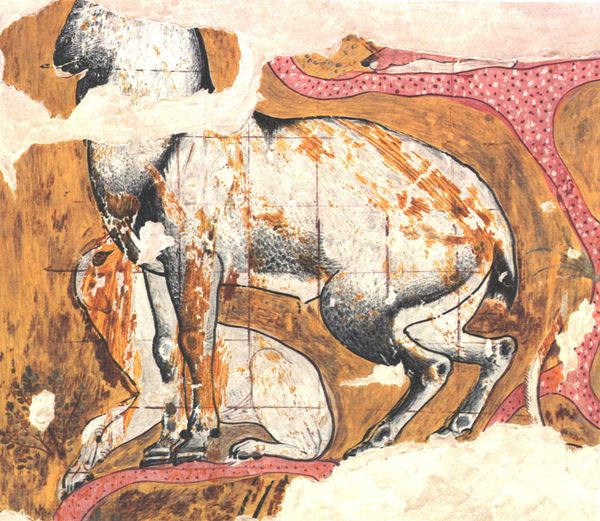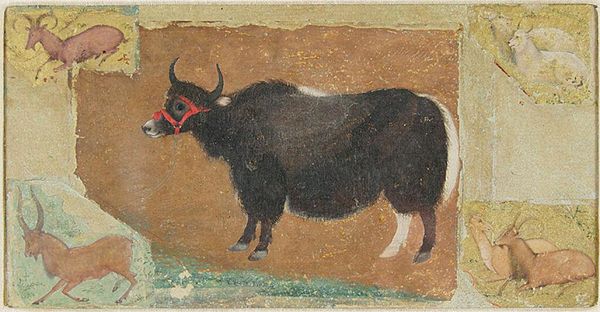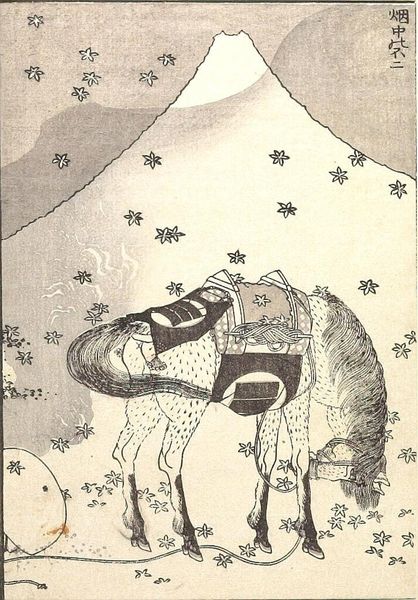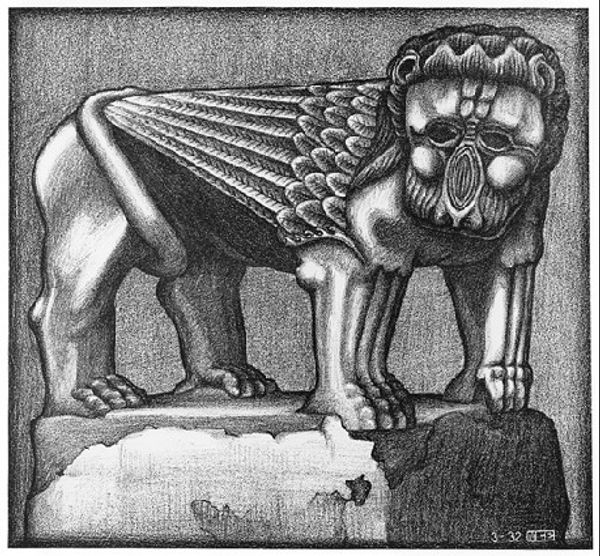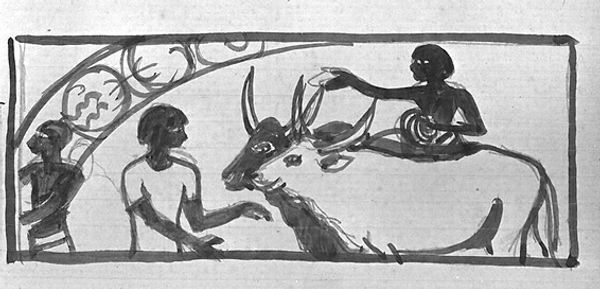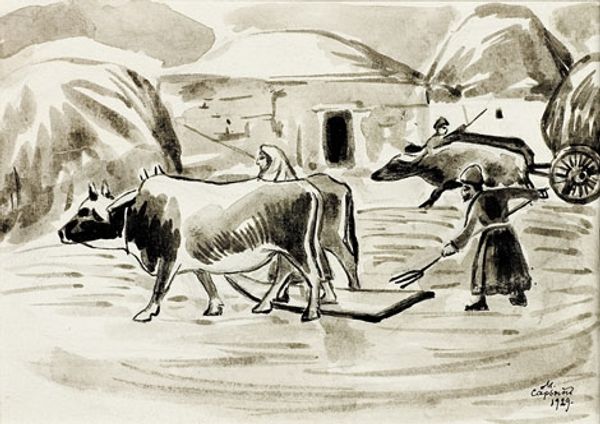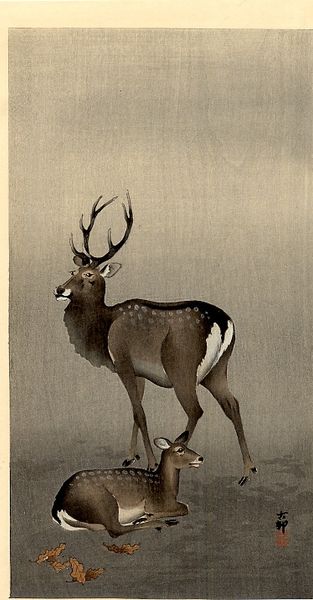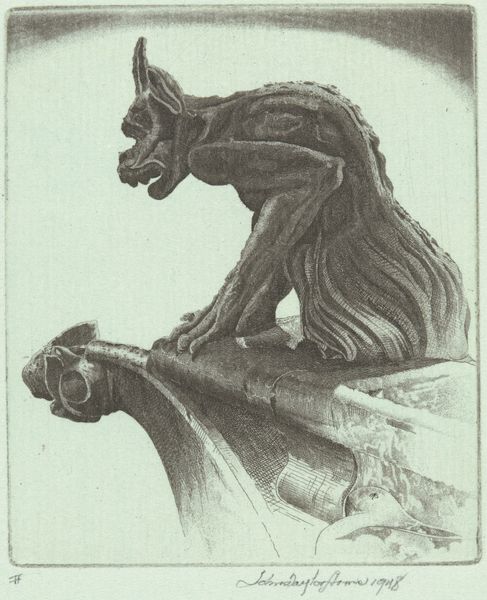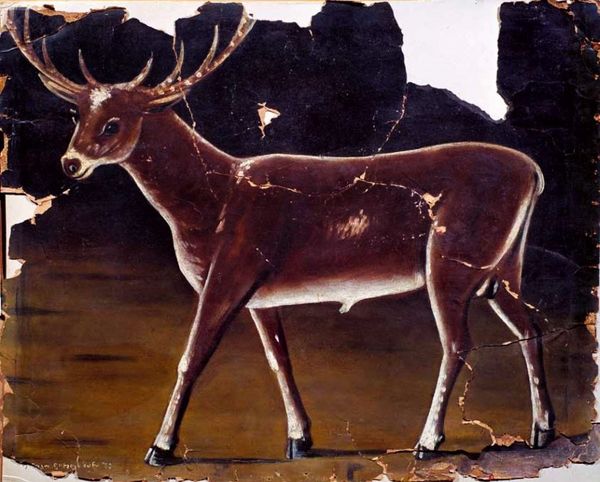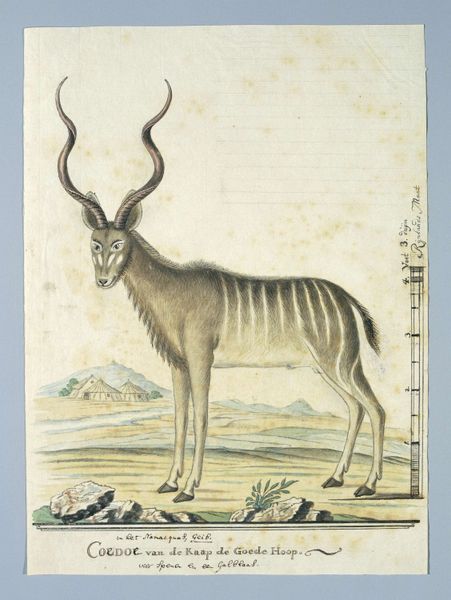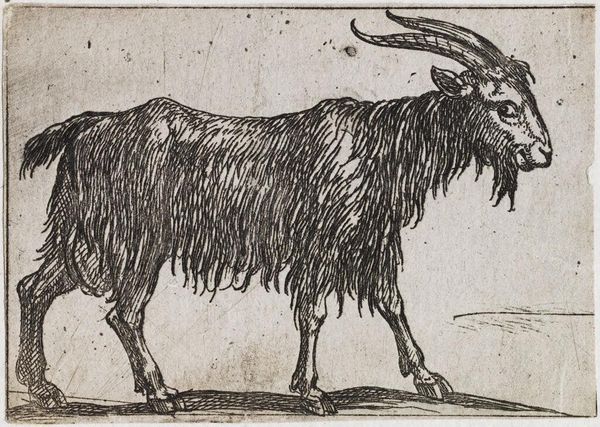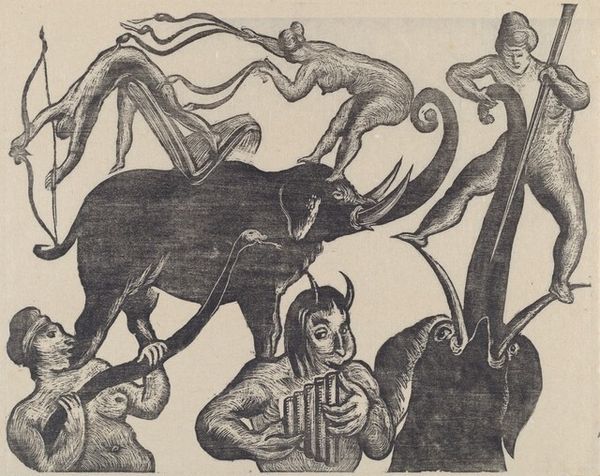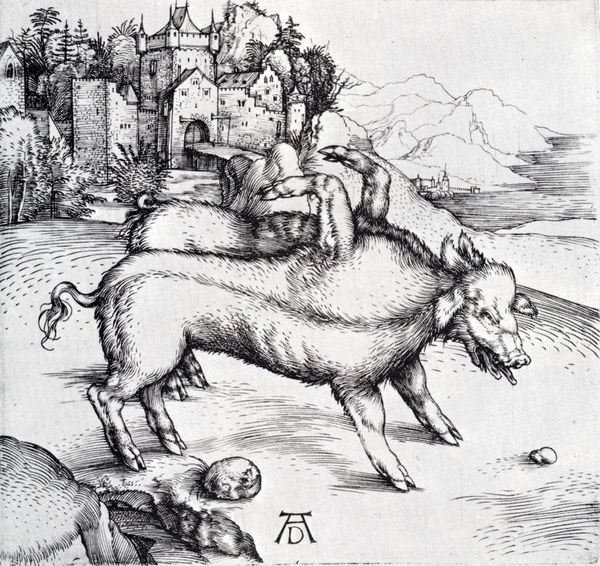
drawing
#
drawing
#
animal
#
ancient-egyptian-art
#
figuration
#
form
#
egypt
#
ancient-mediterranean
Dimensions: facsimile: h. 18 cm (7 1/16 in); w. 21 cm (8 1/4 in) Scale 1:1 framed: h.
Copyright: Public Domain
Curator: I am struck by the quiet intensity of this drawing. The ram seems both present and symbolic. Editor: Indeed. What we have here is "Detail of a Ram, Tomb of Khnumhotep." The work dates back to 1897 BC, crafted in ancient Egypt by Nina de Garis Davies. The drawing offers insights into the depiction of animals within a funerary context. Curator: That context feels especially relevant. Thinking about contemporary interpretations of animal rights and welfare, how would viewers respond to this image then versus today, knowing it's taken from a tomb? Does its function affect our understanding of the subject? Editor: Absolutely. This drawing resides now in the Metropolitan Museum of Art in New York, and it is interesting how its cultural location impacts our reception of its political agency, doesn't it? Early Dynastic Egyptians clearly valued visual representations in communicating cultural and political ideas about the world to different audiences and subsequent generations. This image plays with symbolic communication—can you discuss the ways this representation challenges the intersectional approach? Curator: Its formalism and stylization remove the ram from its lived reality. The very deliberate markings and patterns serve symbolic purpose, potentially reflecting specific attributes ascribed to this animal, such as virility or strength, valued for the owner's perceived control over nature's realm, thus, a symbol for the owner's political agency after life. Editor: Precisely. Davies captured not just the physical likeness, but the animal's place within ancient Egyptian social order, a socio-political force displayed on a monumental, highly viewed architecture! This drawing helps us see more about how Egyptians curated a display that told their unique and complex socio-political understanding. Curator: To experience the animal not only visually, but socially, politically. This really changes the relationship that we could have with animals in general. Editor: And to witness it as part of an intersectional matrix involving power, history, and representation, as constructed by the prevailing ideology of ancient Egypt. I wonder what lessons and implications the artwork could offer us for future artistic endeavors! Curator: For me, the image leaves a mark by allowing the contemporary audiences to reassess current political beliefs about identity construction in historical, political narratives. Editor: A stimulating perspective; thank you.
Comments
No comments
Be the first to comment and join the conversation on the ultimate creative platform.
